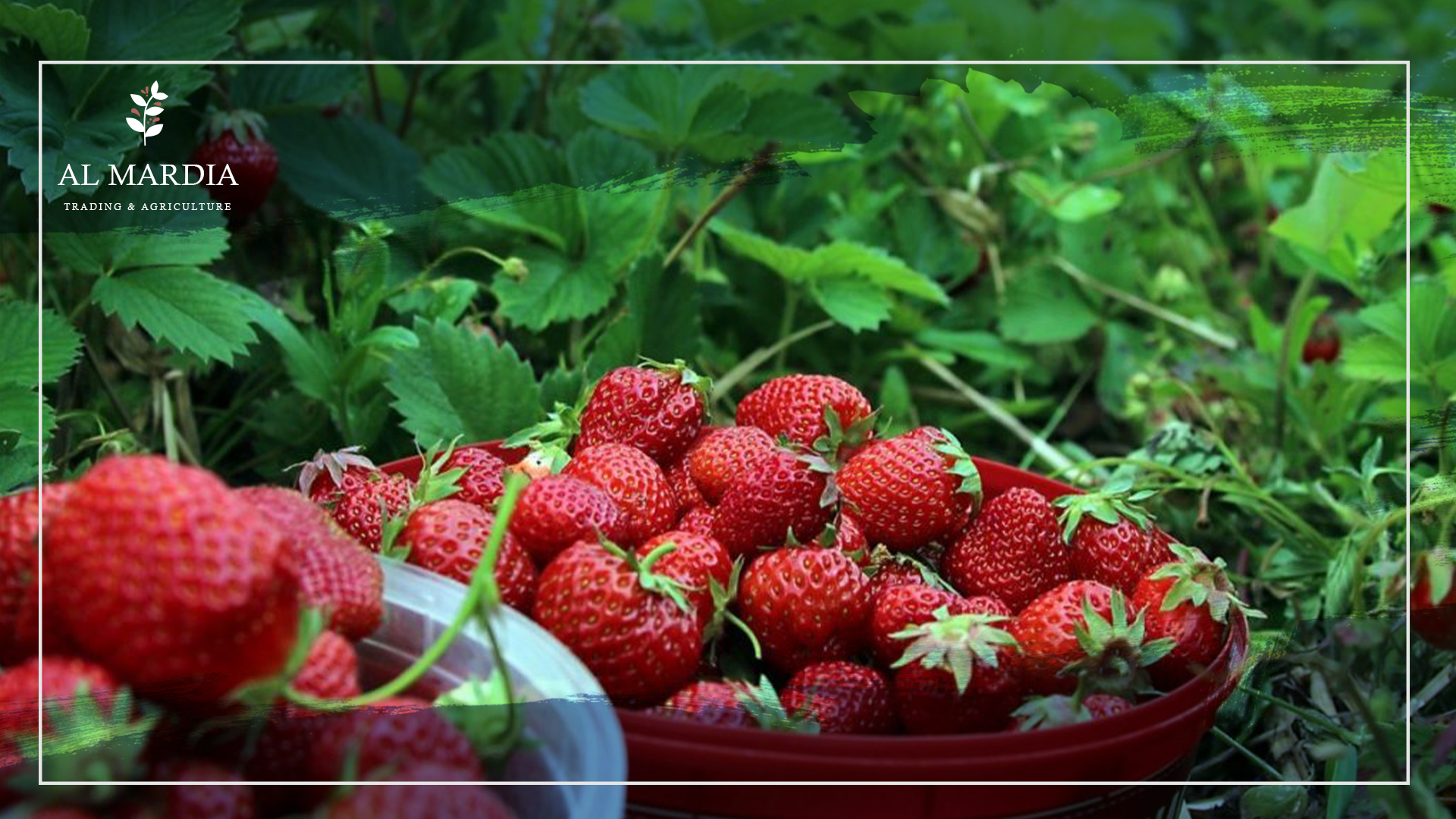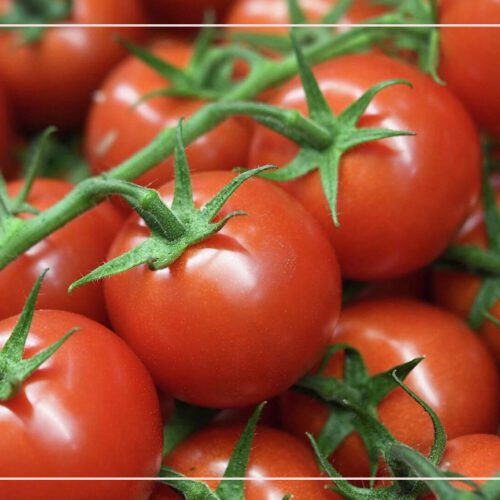
Grow Strawberries at Home
Growing a strawberry patch is a rewarding experience that can be enjoyed by all. With the right soil and advanced planning, you can have your own strawberry patch-producing delicious fruits in no time. Fragaria ananassa, or the common strawberry, is packed with vitamin C and other essential nutrients, making this delightful fruit a great addition to any garden. In this article, a comprehensive guide is provided to cultivating strawberries. It covers the entire process, from planting and growing to harvest. In addition, it provides useful insights to guide gardeners to grow strawberries at home.
Types of Strawberries
Strawberries are one of the most popular fruits in the world. With their sweet, juicy flavor, they are a favorite among many. But did you know that there are actually three different types of strawberries? Each type has its own distinct flavor and characteristics.
-
Day-neutral varieties (also known as alpine strawberries):
They are becoming increasingly popular for use as ornamental plants in gardens and greenhouses. Their small, but continuous production of berries makes them an ideal choice for those looking for a steady supply of fresh fruit throughout the growing season. Not only do they offer a delicious taste, but they are also adding a unique touch to any landscape.
-
Everbearing variety
Contrary to what their name implies, everbearing strawberries do not consistently bear fruits. These types of berries usually produce flowers during extended days and thus, generally have two harvesting periods – one in the spring and another in early autumn.
-
June-bearing varieties
June-bearing strawberry plants are popular among gardeners as they produce a significant amount of fruit in their namesake month. Additionally, a well-maintained patch of these strawberries can provide rich harvests over a span of 3 to 5 years. To ensure a successful yield in the future, it is beneficial to remove all flowers from the plants in the first year.
When deciding which strawberry variety to choose, be sure to select one well-suited for your climate and resistant to the plant diseases in your area.
Despite having a longer season than June-bearers, everbearing and day-neutral strawberries generally bear smaller fruits. Additionally, these varieties tend to produce fewer runners.
Tips to Plant and Grow Strawberries:
- Once the soil has thawed in spring, start planning for planting. It is advised to consult with your local climate and check for frost dates.
- To ensure an optimal flavor and texture of berries during each season, it is advisable to replant fresh strawberry species every year. The runners (offspring plants) generated by the existing strawberry plants will take root and create new strawberry plants.
- To ensure success in your garden, it is recommended to purchase disease-resistant plants from a reputable nursery. Additionally, select types that are known to flourish in your area.
Site Preparation:
When establishing a strawberry patch, ensuring proper site preparation is absolutely crucial, as the plants will remain in the same place for an extended period of time.
-
Direct sunlight:
It is best to select an area that is not in the shade and has little to no weeds. An optimal choice would be somewhere with direct sunlight, facing south if possible. It is also preferable to use an existing spot as opposed to completely clearing out grass which may contain insects like grubs that could damage your plants’ roots.
-
Plants to avoid:
Avoid placing your patch in areas where tomatoes, eggplants, or other nightshade family members have been recently grown. Such plants as well as berries can contain Verticillium, Fusarium wilt, and other fungi-caused diseases that can stay in the soil for up to four years.
-
Well-drained soil:
Strawberries require a consistent level of moisture yet are not keen on stagnant water. The ideal soil for them is sandy loam; it should be well-drained but also have good water retention ability. Clay soils can be remedied by incorporating organic peat moss or coconut coir, as well as other organic materials.
-
Prepare in Fall:
As a preparatory step for planting, the bed should be prepped in the fall by incorporating manure, grass clippings, straw, leaves, and any other organic material into the soil. This will give them enough time to decompose during winter.
-
pH level:
The most suitable pH range for optimum plant growth is between 6.0 and 6.5, though plants can still be healthy in soil that tests around 7.0 (neutral).
To ensure the optimal health of your plants and crops, have your soil tested in the autumn prior to planting. If the soil pH is too acidic, you should introduce lime materials to raise its acidity level. In contrast, if it is too alkaline, use products with sulfur or organic material to balance it out.
-
Organic fertilizer:
Approximately seven days prior to planting, it is recommended to apply a suitable organic fertilizer, such as Growthmax which Increases soil fertility and aeration in the root zone. It also induces better flowering and fruiting.
In conclusion, by following the aforementioned steps, you can finally enjoy the fruits of your own labor! Harvesting and storing strawberries is just the beginning of a delicious journey. With the right preservation techniques, you can ensure that your fresh strawberries stay fresh for weeks.
Related topic
Essential Tips For Better Date Palm Trees
Common Questions:
What month is best to plant strawberries?
Planting strawberries in the springtime is the best way to ensure a healthy harvest. The warm weather and longer days mean that your plants will have more opportunities to grow and thrive. Furthermore, planting early in the season allows you to take advantage of the natural pollination process which will help your plants produce more berries.
What is the best fertilizer for strawberries?
Strawberry plants rely heavily on nitrogen and should be supplemented with a fertilizer containing nitrogen such as urea (46-0-0) or ammonium nitrate (33-0-0). With the help of these fertilizers, gardeners can produce an abundance of delicious strawberries.
Do strawberries come back every year?
Strawberries are an incredibly popular fruit, and many people are curious about their growth cycle. Fortunately, these sweet fruits are perennials, meaning they come back year after year as long as the conditions remain favorable.





